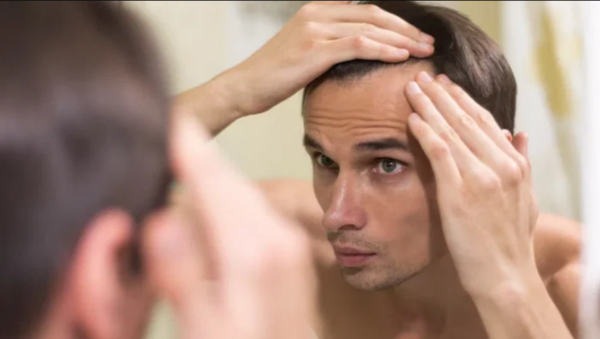6 reasons 20-something guys lose hair and how to fix it 2023

Male pattern baldness is an extremely aggravating condition. Approximately 25% of males with hereditary male pattern baldness begin hair loss by age 21! Nearly 66% of men are expected to experience hair loss by the age of 35, and these percentages only increase with age.
This is exacerbated by stress, lack of sleep, a poor diet, and other lifestyle factors. Dr. Lalitha Palle, Founder and Director of MyPuraVida Wellness for Men, recommends consulting with a healthcare professional or a hair loss specialist in order to determine the optimal treatment option.

“Continuous and regular use of topical products for a minimum of six to nine months is required for significant hair growth,” she says, citing the most common causes of hair loss in men in their twenties as well as treatments.
Stress
Excessive levels of stress can lead to hair loss, especially in those who are genetically predisposed to the condition.
Androgenetic Alopecia
In adolescent males, male pattern baldness or androgenetic alopecia is the most prevalent cause of hair loss. It is a genetic condition that causes patterned hair loss, typically beginning at the temples or summit of the head. Although there is no cure, this process can be reduced considerably.
Nutritional deficiencies
Deficiencies in specific vitamins, such as iron or vitamin D, can contribute to hair loss.
Chemical alterations
Changes in hormone levels, such as testosterone or thyroid hormone fluctuations, can cause hair loss.
Medications
Certain medications, such as those used in chemotherapy, can induce hair loss.
Scalp conditions
Hair loss can be caused by scalp conditions such as seborrheic dermatitis, psoriasis, and fungal infections.
Hairstyling techniques
Over time, hair loss can be caused by tight hairstyles, such as braids or ponytails, and thermal styling products, such as flat irons and blow dryers.
Available treatments for hair loss in adolescent males

Local treatments
Minoxidil is a scalp-applied medication available without a prescription. It is believed that increasing blood flow to the hair follicles stimulates hair growth. It is preferable to use a water-based product, such as ForMen’s Aqueous 5% minoxidil.
Oral pharmaceuticals
Oral prescription medication Finasteride (Propecia) is administered orally. It functions by preventing the conversion of testosterone to dihydrotestosterone (DHT), a hormone that can cause hair loss.
Hair transplant procedures
This is accomplished by transplanting hair from the rear of the cranium (where hair is typically denser) to areas of thinning or baldness.
Low-power laser treatment
This entails stimulating hair growth with a device that emanates low levels of laser light.
PRP (platelet-rich plasma) treatment
To stimulate hair growth, a concentrated solution of the patient’s own platelets is injected into the scalp.
Scalp micro pigmentation
This is a cosmetic tattooing procedure that involves tattooing tiny marks onto the scalp to simulate a close-cropped haircut, which can make receding hair less obvious.
